
Slide shows - Global seminar images from Poland and Japan
Princeton students learning about the history of Polish Jews view photos at Birkenau, part of the Auschwitz concentration camp in Poland built by the Nazis.
In their travels with Princeton’s global seminars in Poland and Japan, associate editor Jennifer Altmann and managing editor W. Raymond Ollwerther ’71 captured photographs of undergraduates and their instructors as they explored themes of tragedy and resilience.
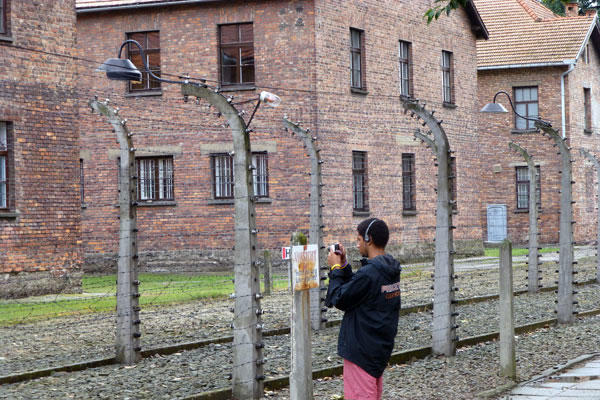
Quintin Sally ’14 takes pictures at the Auschwitz concentration camp.
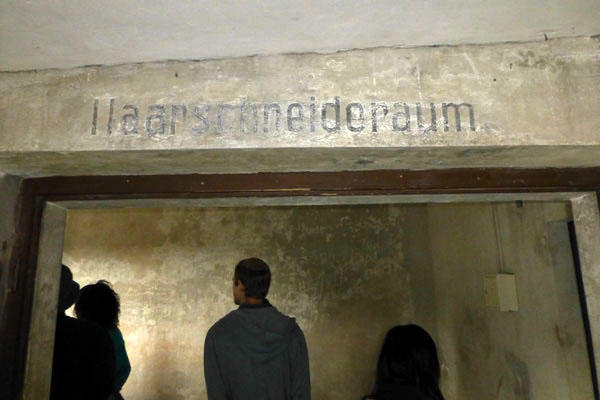
At Birkenau, Eric Silberman ’13 examines the barbering room.
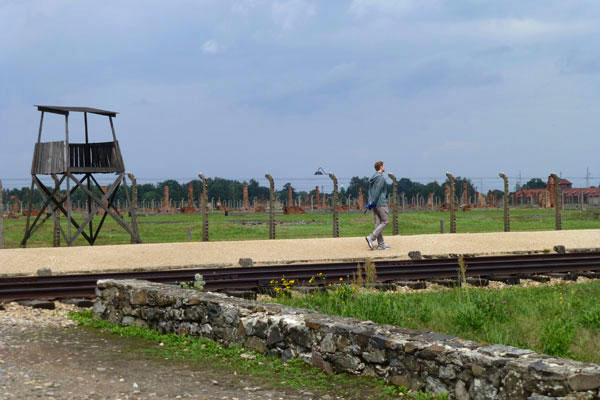
All four of Silberman’s grandparents were Polish Jews. A grandfather, a tailor, survived five Nazi concentration camps. Here, he surveys the Birkenau camp.
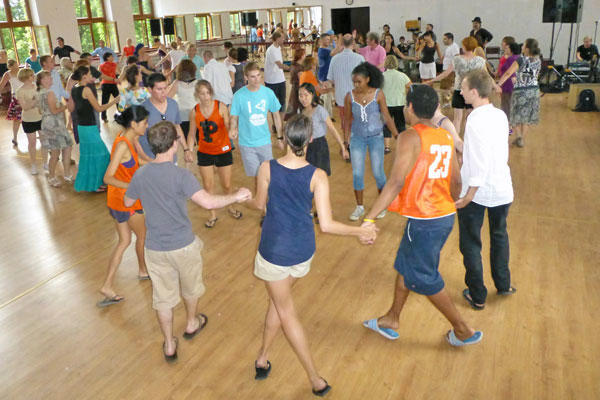
At Krakow’s Jewish Culture Festival, students join in a Jewish dance.
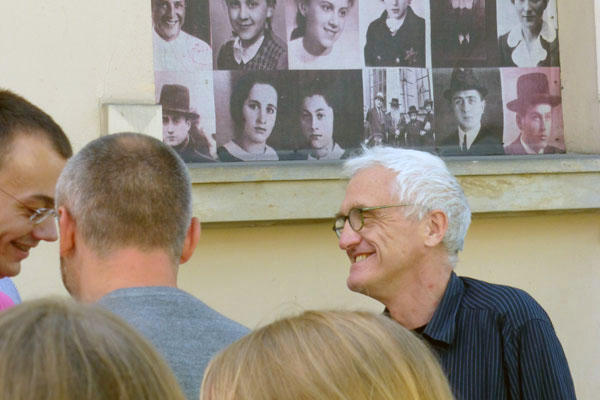
The students studied with Princeton history professor Jan Gross, a native Pole who is reviled by many in his homeland, and admired by others, for his searing work on the relationship between Jews and Poles.
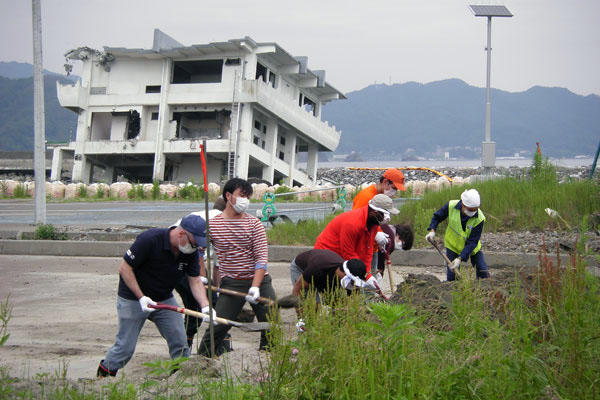
Participants in a Global Seminar studying issues facing post-tsunami Japan work to clear an area near a site in Kamaishi where dozens of homes were washed away.
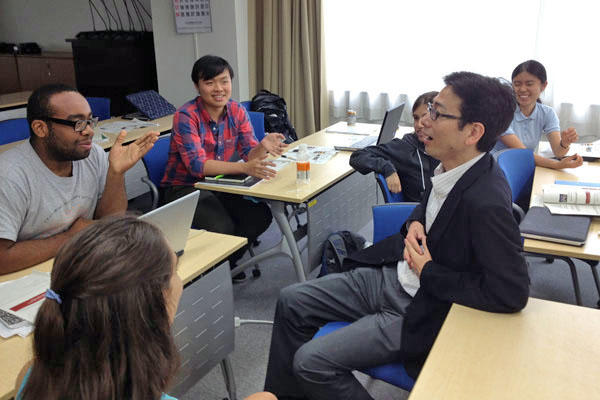
Students talk with Noriyuki Shikata, the deputy cabinet secretary for public affairs, about Japan’s nuclear-energy issues.
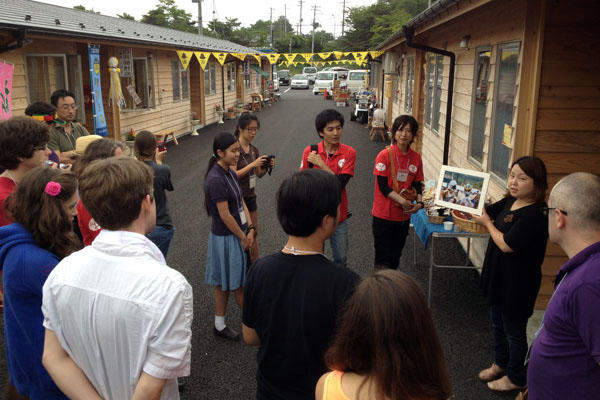
Students listen to a shopkeeper at a small shopping area in Onagawa created out of shipping containers.
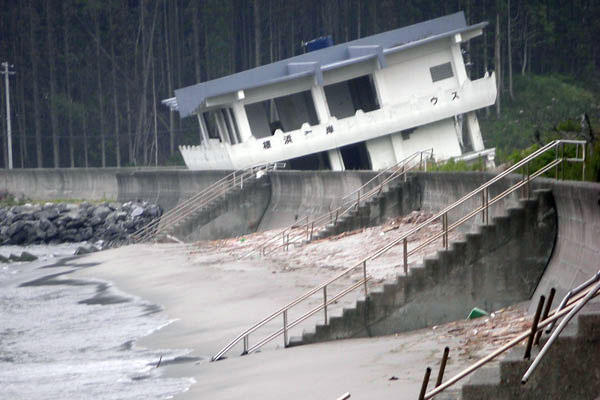
A bayfront guesthouse in Kamaishi destroyed by the tsunami, as was the concrete walkway.
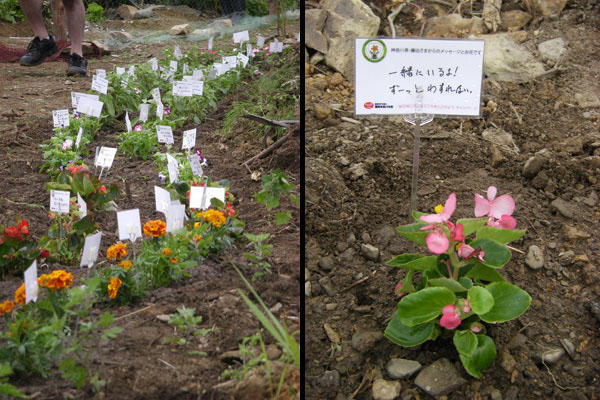
Flowers planted at a senior-housing site as part of a relief group’s project to have people from across Japan send flowers and messages of hope to those displaced by the tsunami.
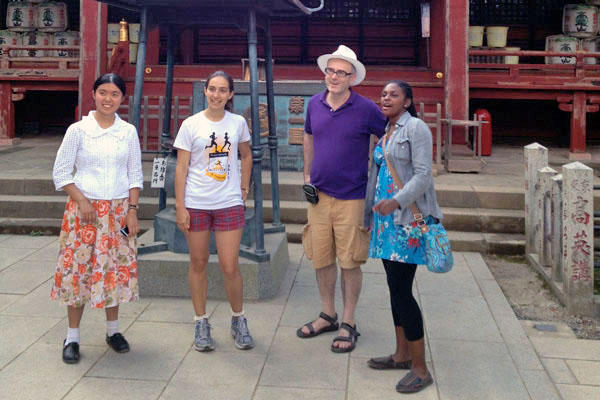
Professor David Leheny with students at a shrine atop Mount Takao in Tokyo.

Students dressed in traditional Japanese yukata for dinner at the Houraikan inn in Kamaishi.
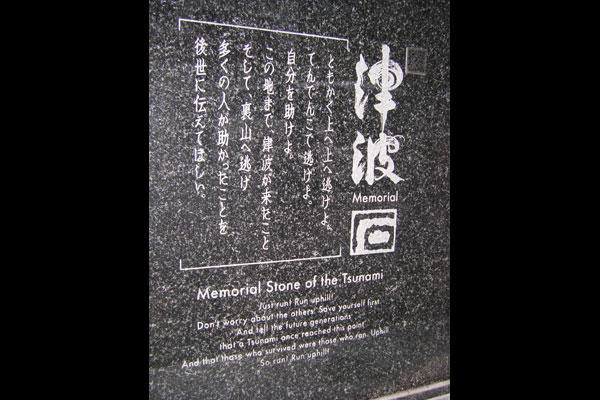
The inscription on a monument erected along the bay in Kamaishi following the 2011 tsunami.
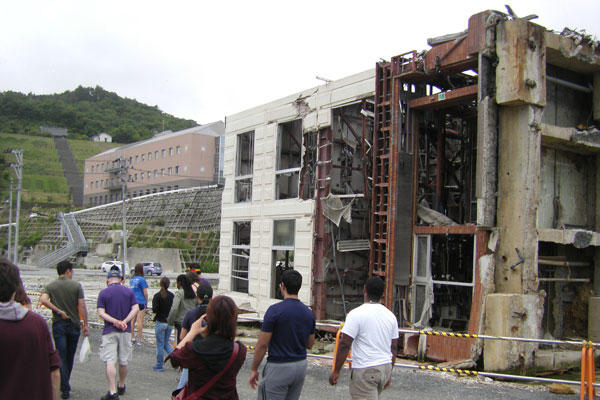
Students walk past a three-story concrete building in Onagawa tipped by the tsunami, whose waters reached the red-brick hospital at left.
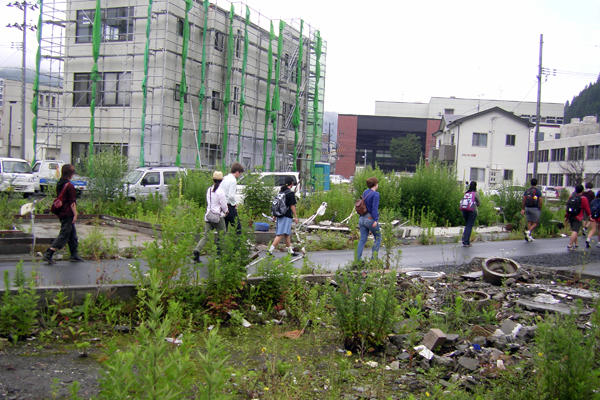
Students walk along a street marked by empty lots and buildings being repaired in Kamaishi, where 20 percent of the city center was inundated by the tsunami.
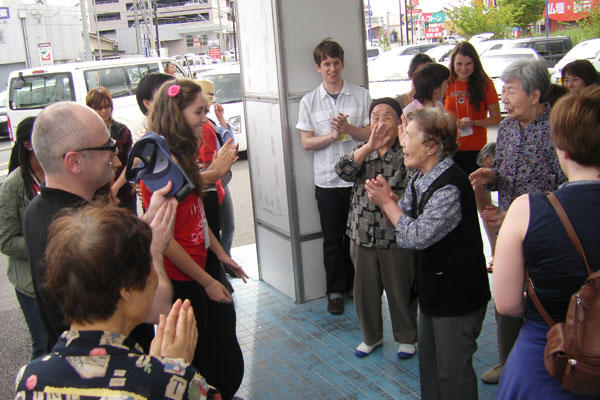
Global seminar participants talk with residents of a day center for senior residents displaced by the tsunami in Ishinomaki.
Related News
University Clarifies New No-Recording Policy
The new FAQ says the University community generally has ‘a reasonable expectation of privacy’ in private conversations
Professor Brenden Lake Zeroes In Where Machine and Human Intelligence Meet
‘One of the biggest scientific mysteries is how our own minds work,’ Lake says


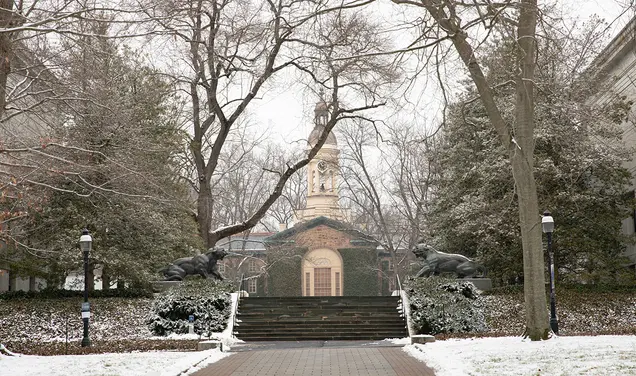
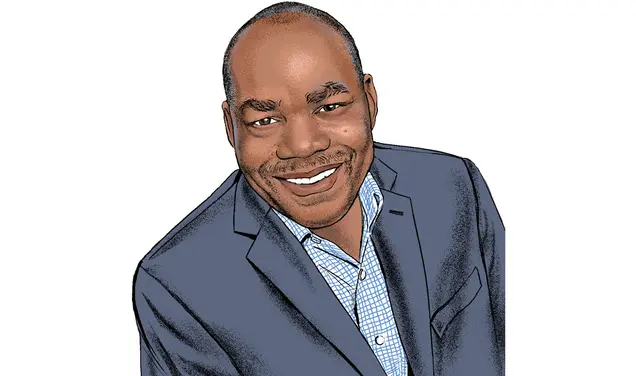


No responses yet